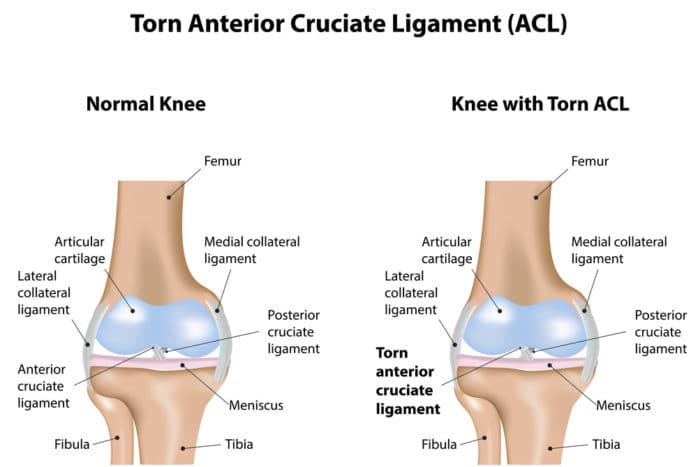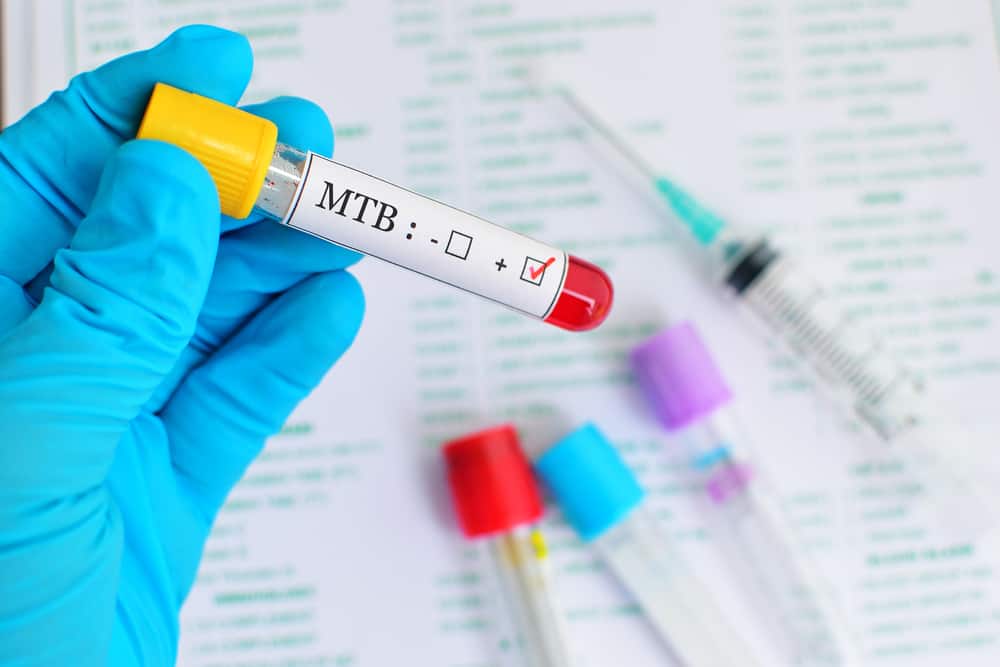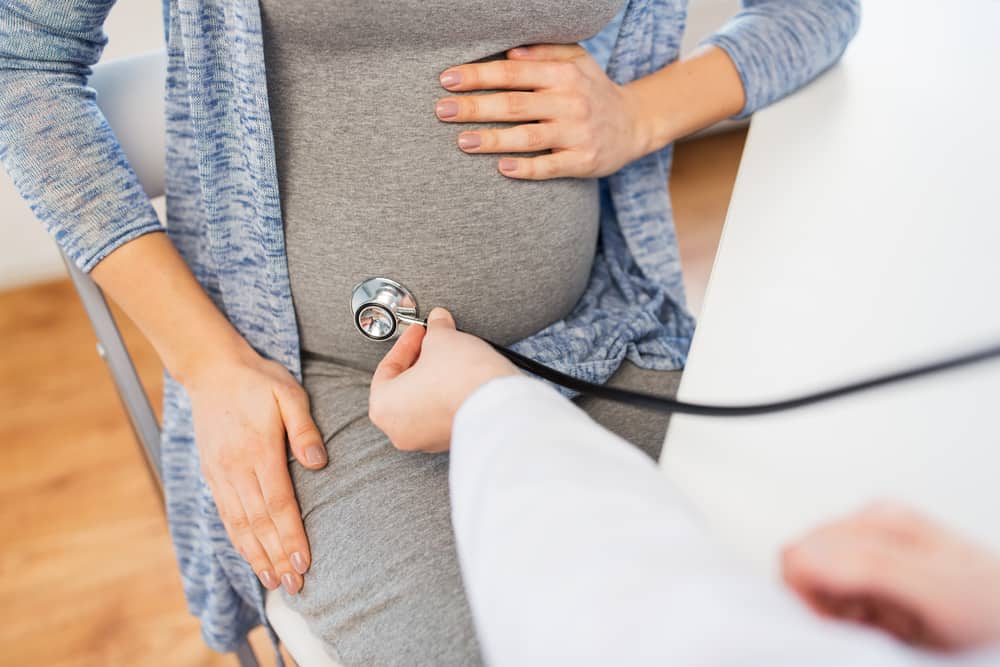Contents:
- Medical Video: Webisode 3 | ACL Tear and Rehab: Mary’s story
- What can determine whether a player with an ACL injury can return to the field?
- 1. Good rehabilitation before surgery
- 2. The return of the walking pattern (gait pattern) as before immediately
- 3. Old age, smoking history, high body mass index, and female sex
- 4. There are abnormalities in the meniscus
- 5. Straighten the knee immediately after knee surgery
- 6. Strong quadriceps muscle
- 7. The type of graft used
- 8. Psychological factors
Medical Video: Webisode 3 | ACL Tear and Rehab: Mary’s story
Anterior cruciate ligament (ACL) is a ligament that keeps the knee movement stable. ACL injury will result in knee instability.
We often hear some names of famous soccer players such as Holger Badstuber and Michael Essien whose career faded after experiencing ACL. Not surprisingly, ACL injury is a frightening specter in the world of football.
This does not mean ACL injury is the end of a footballer's career. Alex Morgan, Alessandro Del Piero, and Ruud van Nistelrooy are just a few of the soccer players who continue to excel after an ACL injury.
Based on research conducted by Zaffagnini et al, about 90% of professional soccer players who undergo knee surgery can return to the field within 12 months. But other studies show that around 60% of professional football players can return to their original condition before injury, but only 44% of players can return to the field to compete at the elite level.
What can determine whether a player with an ACL injury can return to the field?
There are several factors that can affect the healing process of ACL injuries. These factors will determine whether a player can return to the initial condition before injury and can compete again or not.
1. Good rehabilitation before surgery
In an ACL injury, the knee will swell in the injured area. Pain that is felt when the knee moves will limit the movement of the knee and change the walking pattern. Basically, someone who has an ACL injury will try to reduce movement around the knee. The lack of movement will cause the muscles around the knee to weaken.
Therefore, before surgery, rehabilitation is important to do to reduce swelling, restore knee motion, strengthen related muscles, and help restore the pattern to go back to normal.
2. The return of the walking pattern (gait pattern) as before immediately
Players who can immediately return their walking patterns to near normal, have a greater chance of returning to the field. If too long to maintain a poor walking pattern, the neuromuscular bond will be disrupted.
Neuromuscular bonds are bonds between nerves and muscles. This bond is formed through the exercises that have been passed by the player. The more bonds that are formed, the better the performance of a player. Conversely, if fewer bonds are formed, the performance of a player decreases.
3. Old age, smoking history, high body mass index, and female sex
Players with these criteria are less likely to return to the field. But this does not mean ACL injury is the end of the career of a female soccer player. Alex Morgan — a professional soccer player from the United States — has had an ACL injury during high school. But who would have thought, after the injury he could win an Olympic gold medal and win the world cup!
4. There are abnormalities in the meniscus
Quoted from Aspetar, one of the leading sports medicine journals in the world, several recent studies have shown that players who experience ACL injuries as well as injury to the meniscus (pads in the knee located between the tip of the femur and shin) are less likely to return to the field.
5. Straighten the knee immediately after knee surgery
Practicing knee extension (straightening) movements as early as possible can increase the chance to return to the field. However, the exercise needs to be done with careful calculation so as not to aggravate the injury.
6. Strong quadriceps muscle
Two weeks postoperatively, it is recommended that isometric exercises for the quadriceps muscle begin. The stronger the quadriceps muscle, the faster the player can return to the field.
7. The type of graft used
There are two types of grafts used during knee surgery for ACL injuries, namely HS (hamstring graft) and BTB (bone-patellar tendon-bone). Players with HS type grafts show better performance and lighter knee pain.
8. Psychological factors
Players with good motivation show progress better healing. However, a good healing process does not always mean players can return to the field. Suspected fear of recurring injury (re-injury) take part in this matter.
Basically, ACL requires a careful and painstaking rehabilitation process accompanied by strong motivation so that a football player can compete again. Consult your doctor and trainer regarding rehabilitation strategies that are appropriate for your condition to achieve maximum results.












